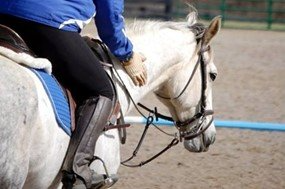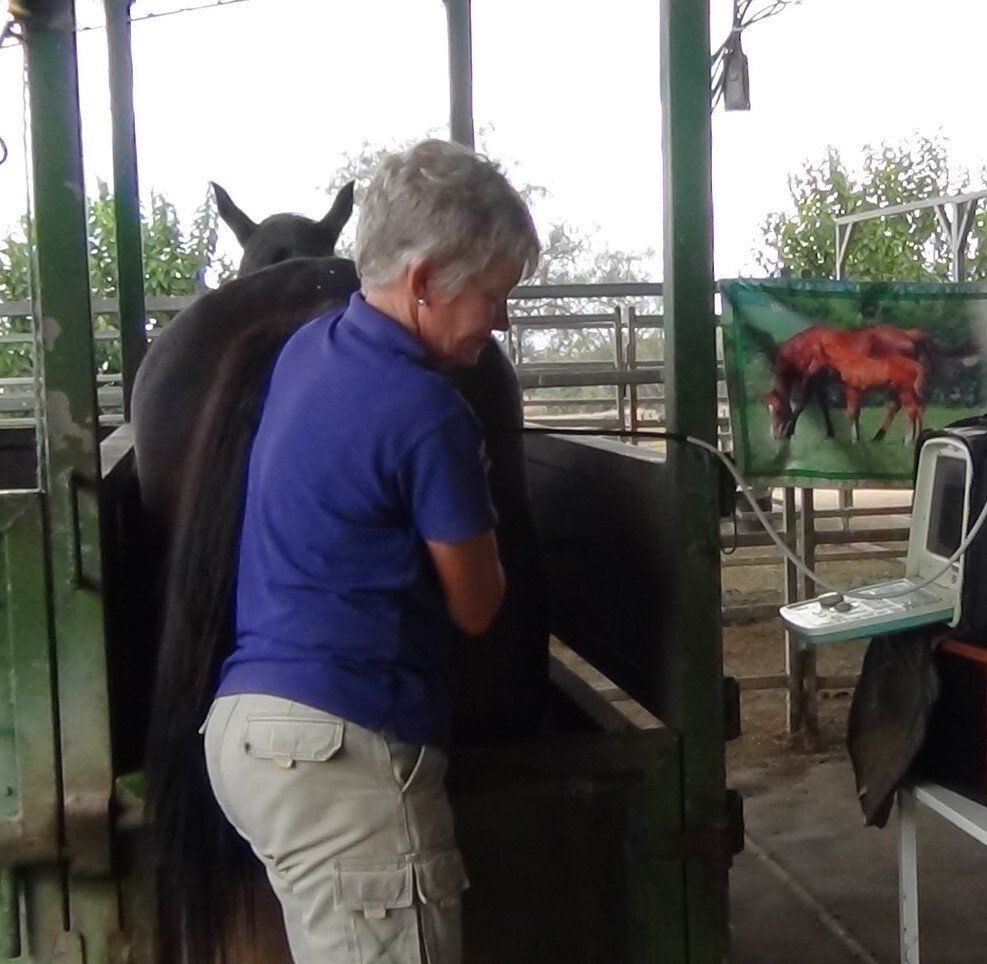Horse talk Articles
FEEDING THE STARVED HORSE
It is an unfortunate fact that sometimes horses are neglected to the point of starvation. The task of helping these horses recover their health is difficult but there are many horse lovers who willingly take on the role to save a horse that is found in an emaciated condition.
There are risks to introducing food to these horses. They can develop "refeeding" syndrome when they are given concentrated calories, and this in turn can lead to heart, respiratory and kidney failure usually 3 to 5 days after the initial meal.
New research has shown that the best approach to introducing food to starved horses is to provide frequent small amounts of high quality lucerne hay. The amount should be increased slowly at each meal and the number of feedings decreased gradually over 10 days. After 10 days to 2 weeks horses can be fed as much as they will eat. The horse will show signs of increased energy after about 2 weeks. Ears, eyes, and head movement will be the first noticeable improvements. Some weight gain can be achieved in 1 month, but 3 to 5 months usually are needed to rehabilitate back to a normal body weight. Veterinary care and nutritional advice should be sought because complications can arise.
Note: Reproduced with the approval of the RIRDC Equine Research News.
Other Articles

Phone
Postal Address
142 Jimna Springs Road
Cambooya Qld 4358
Location
142 Jimna Springs Road
Southbrook Qld 4363
Follow Us
All Rights Reserved | Equivet Breeding Centre


